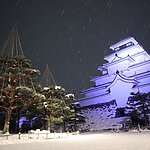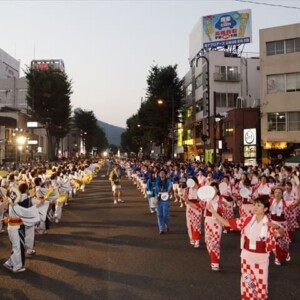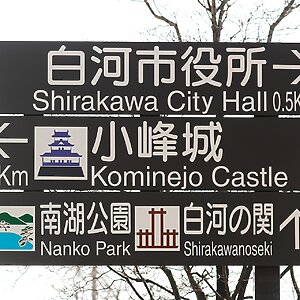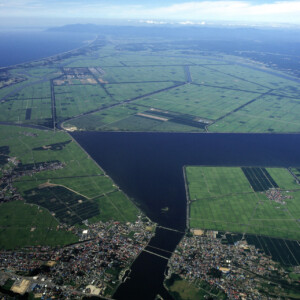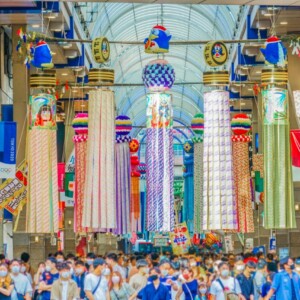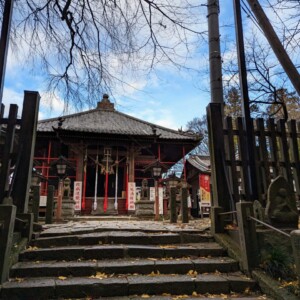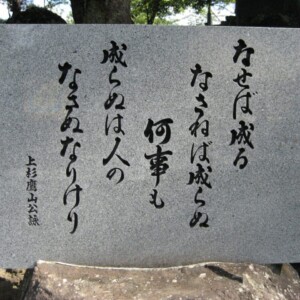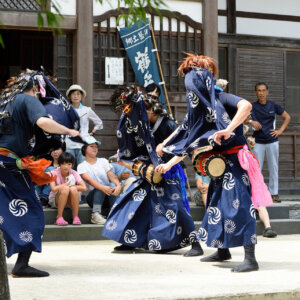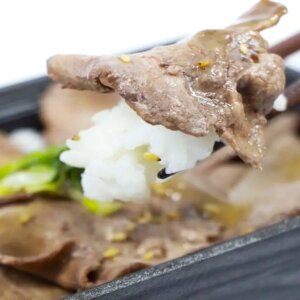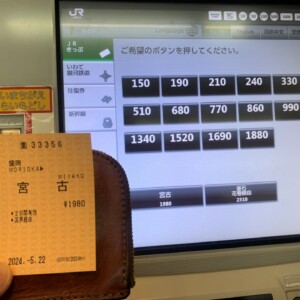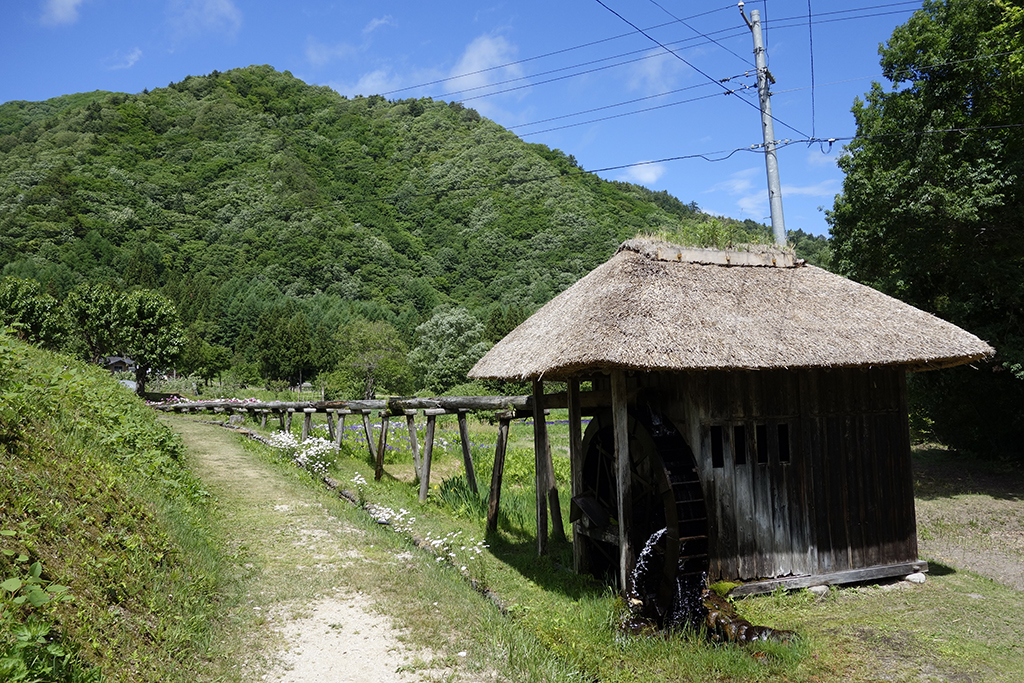
A tour of precious cultural assets that remain in Minami Aizu, the southern part of the Aizu region [Fukushima Prefecture]
table of contents
- 1 Okuaizu Museum houses over 5,000 important tangible folk cultural properties
- 2 A typical mountain castle from the Sengoku period. Shizuyama Castle, the residence of the lord of Minamiaizu
- 3 Kanotsu Bansho, a checkpoint site built on the road to Echigo
- 4 Western-style architecture built in the Meiji era "Former Minamiaizu County Office"
- 5 Kabuki stage in Minamiaizu, ``Daimomo no Butai'', a nationally important tangible folk cultural property
- 6 Minamiaizu is full of charm
Minami Aizu County consisting of Shimogo Town, Minami Aizu Town, Tadami Town, and Hinoemata Village , is an area rich in nature, with Oze and Aizu Plateau, which is comparable to Kanagawa Prefecture.
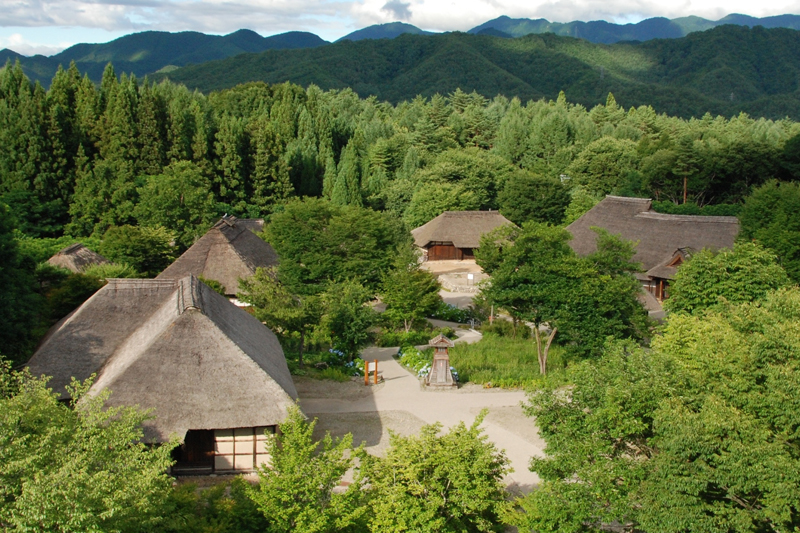
So far, we have introduced relatively well-known famous places, festivals, folk performing arts, hot springs, such as Oze, Tower Hetatsuri, Ouchijuku, Maezawa Kuyaka Village, Hinoedagi Kabuki, Aizu Tajima Gion Festival, and Yunokami Onsen, but there are still many highlights to see. Here we will focus on historical heritage sites designated as cultural assets.
Okuaizu Museum houses over 5,000 important tangible folk cultural properties
The Okuaizu Museum is a museum that houses approximately 24,000 items of folk tools and tools used by the people of Arishi Minami Aizu.
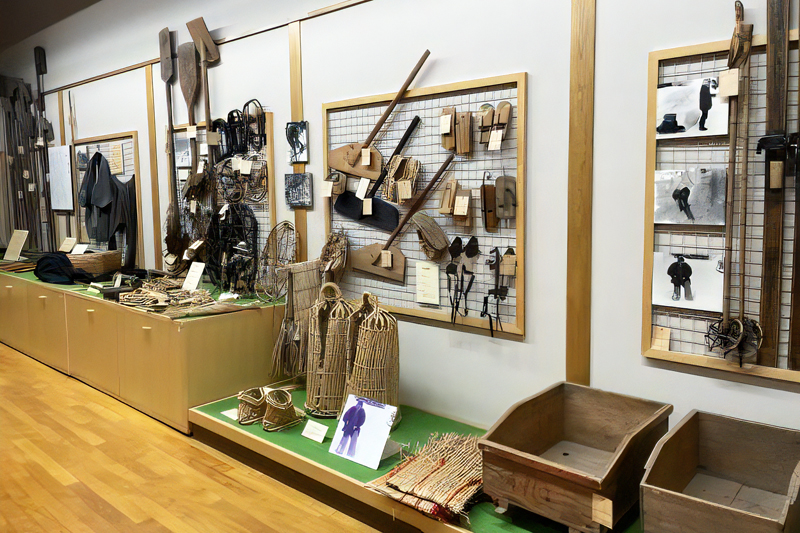
These include 5,058 "Mountain Village Production Tools and Houses (Horse Inns) in Okuaizu, an important tangible folk cultural property, including tools and folk tools used in rural areas, tools made by woodcutters that make woodcutters and Aizu lacquer materials, tools for drumming, tools for catching fish in rivers, and means of transporting mountain paths on highways, and more than 3,000 of them are on permanent display.
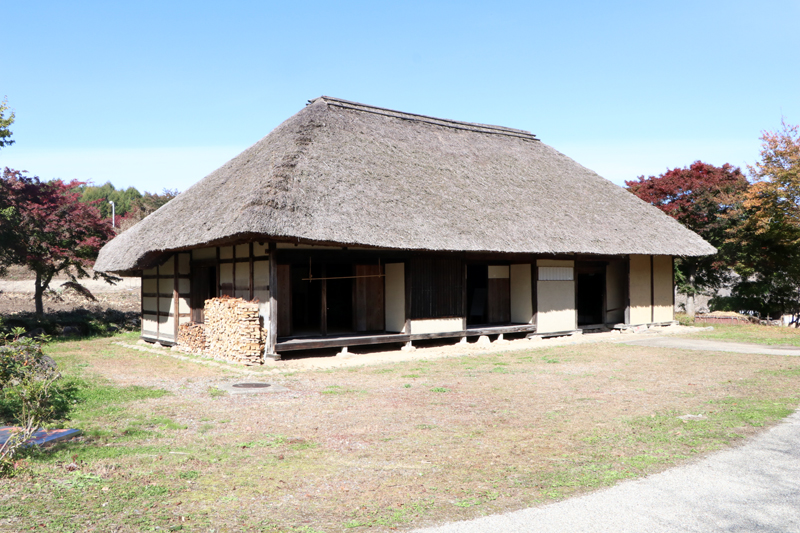
Adjacent to the Umayado , Someya (formerly Sugihara and formerly Inomata family homes), the former Sanno tea house , an old thatched roof house , and a wooden hut (recreated and displayed wooden tools) have been moved and preserved and published.
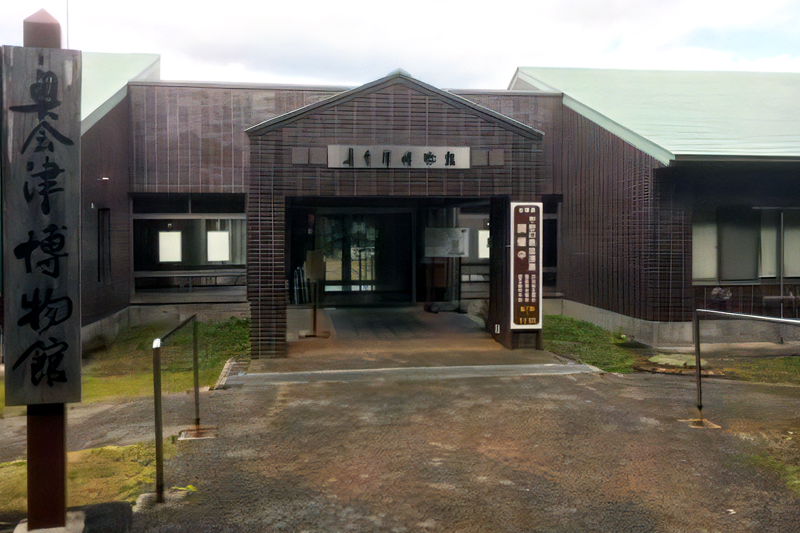
Okuaizu Museum <Information>
- Facility name: Okuaizu Museum
- Address: 3692-20 Nishizawayama, Itozawa, Minamiaizu-cho, Minamiaizu-gun, Fukushima Prefecture
- Phone number: 0241-66-3077
- Opening hours: 9:00-16:00
- Closed: Thursdays from December to March (the following day if it falls on a holiday), New Year holidays
- Admission fee: Adults 300 yen, High school students 200 yen, Elementary and junior high school students 100 yen
- URL: Okuaizu Museum
Google Map
A typical mountain castle from the Sengoku period. Shizuyama Castle, the residence of the lord of Minamiaizu

Minami Aizu became the territory of the Naganuma clan, which was highly trusted by Minamoto Yoritomo in the Kamakura period, and built the Shigiyama Castle ruins During the Edo period, it was under the control of the Gamo clan and Uesugi clans, and from the 1640s it continued until the Meiji Restoration as the "Tenryo Orori" directly controlled by the shogunate.
The date of construction of "Shizan Castle" is unknown, but according to existing ancient documents, it was attacked by the Yamauchi clan in 1469, so it appears to have existed as a castle by that time.
After that, the Naganuma clan had regained Shigeyama Castle, but in 1590, the Naganuma clan followed the Date clan and moved to Sendai. After that, the Gamo clan, who became the lord of Aizu, entered the castle as the lord, but in the Edo period, the castle was abandoned during the period of Aizu lord Kato Yoshiaki (1627).
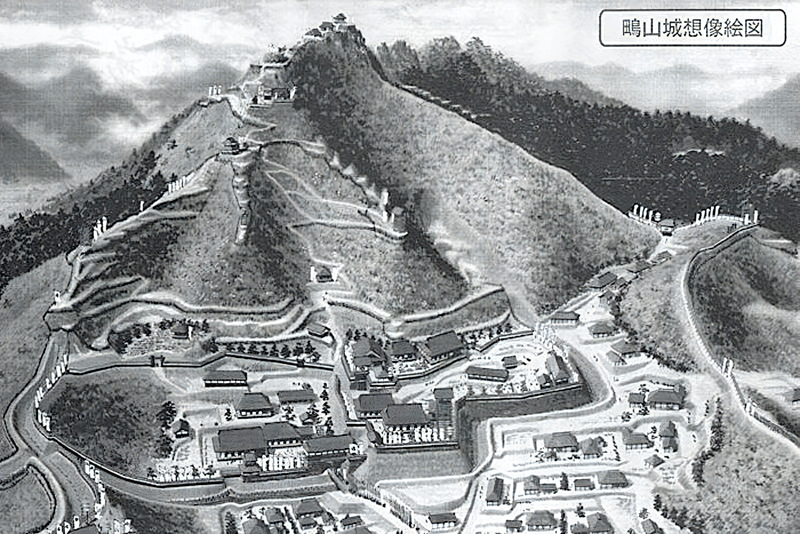
Shizuyama Castle is a mountain castle that climbs towards the former main castle compound from the Sengoku period, which was located on the summit of Mt. Atago (altitude 749m), and ruins remain throughout the Mt. Atago area. There are several entrances, but as you enter through the large torii gate in front of the castle, you will immediately find the ruins of a samurai residence. Afterwards, after passing through the stone walls of Karahori ruins and Daimon ruins, you will come to a plaza called "Kamisenjo" and "Shimosenjo". Here was the Honmaru and Ninomaru during the Edo period. Atago Shrine was built on the site of the old main enclosure at the top, but it was destroyed by lightning in 2015, and now only the shrine remains on the mountaintop overlooking the Aizu-Tajima city area.
Shigeyama Castle Ruins <Information>
- Facility name: Shizuyama Castle Ruins
- Address: Negoya, Tajima, Minamiaizu-cho, Minamiaizu-gun, Fukushima Prefecture
- Phone number: 0241-62-3000 (Minamiaizu Town Tourism and Products Association)
- Freedom to stroll
- URL: Shizuyama Castle Ruins
Google Map
Kanotsu Bansho, a checkpoint site built on the road to Echigo
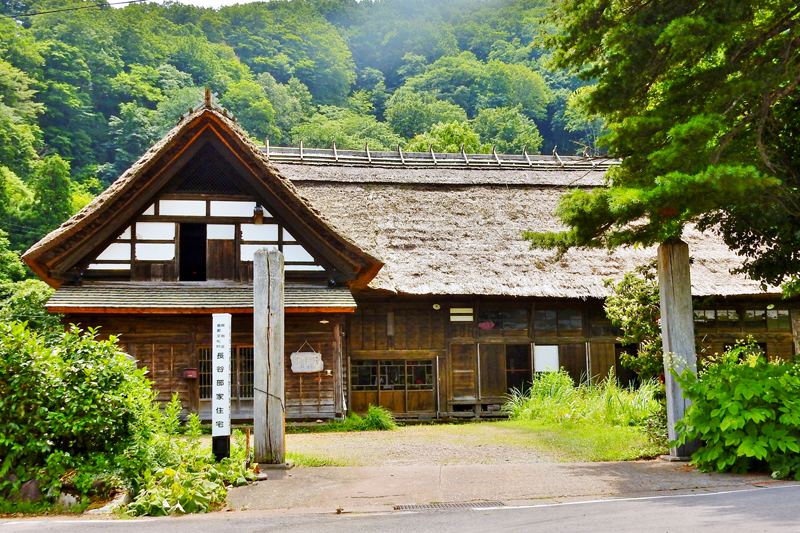
Kanouzu Bansho in Tadami Town is a checkpoint located on the Yashirigoe Kaido (now National Route 289) that connects Minami Aizu and Echigo (Niigata Prefecture). During the Sengoku period, the Minamiaizu region used this Yasorigoe Kaido to bring in salt, fish, and daily necessities. However, although it was a highway, it was a narrow road that passed through the mountainous region of Oku-Tadami, and along the way it had to cross Kurakake Toge (965m above sea level) and Kinone Toge (845m above sea level), which was called "Hachijurigoe."
The ``Kanotsu Bansho'' was commissioned by the local feudal lord, the Hasebe family, to monitor people and goods passing through the highway. The ``Former Hasebe Residence'', which stands on the site of the Kanozu Bansho, was built in the late Edo period, and is a magariya house with an L-shaped stable extending from the right side of the front. Due to its size and good state of preservation, it has been designated as an important cultural property of Fukushima Prefecture.
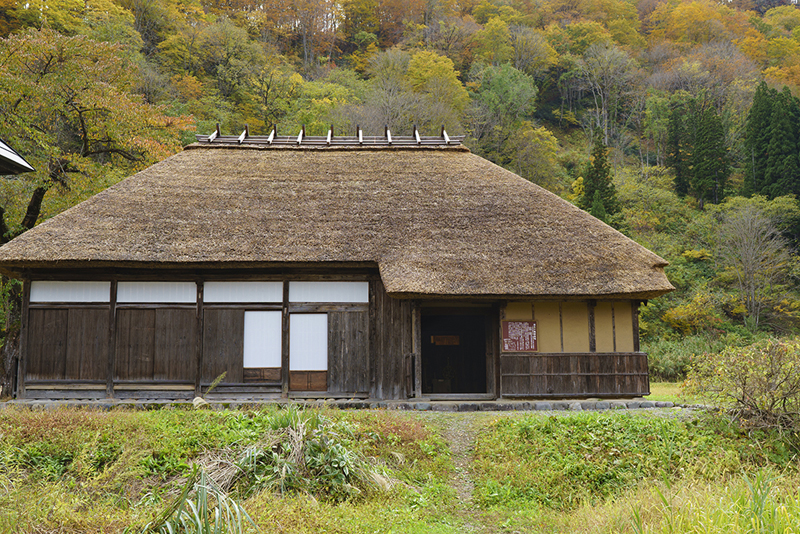
The Former Igarashi Family Residence, an important cultural property of the country, located right next to Kanozu Bansho, is a typical farm building in Minamiaizu, and was built in the middle of the Edo period (1743). The shape of the building is a rectangular house (later renovated slightly) with a middle gate structure with an entrance in the front.
Kanotsu Bansho <Information>
- Facility name: Kanotsu Bansho/Former Hasebe Family Residence
- Address: 456 Ihira, Kanotsu, Tadami-machi, Minamiaizu-gun, Fukushima Prefecture
- Phone number: 0241-82-5320 (Tadami Town Board of Education, Lifelong Learning Section)
- Opening hours: 10:00-16:00
- Closed: Mondays
- Facility name: Former Igarashi family residence
- Address: 437 Ihira, Kanotsu, Tadami-machi, Minamiaizu-gun, Fukushima Prefecture
- Phone number: 0241-82-5320 (Tadami Town Board of Education, Lifelong Learning Section)
Google Map
Western-style architecture built in the Meiji era "Former Minamiaizu County Office"
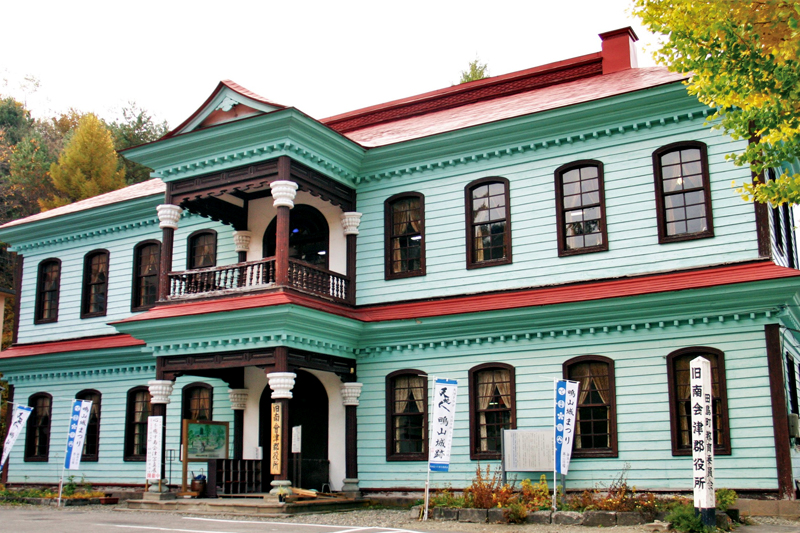
The Minamiaizu region was included in Aizu County until the Edo period, but in the Meiji period it was divided into Kitaaizu county and Minamiaizu county, and a government office was built in Aizu Tajima in 1885 (Meiji 18).
The "Former Minamiaizu District Office" was built in 1885 and was used as a facility for Fukushima Prefecture until the new Fukushima Prefecture Tajima Joint Government Office Building was built in 1970 (Showa 45). The building was a two-story Western-style building, which was unusual at the time, and as it was no longer used as a government office, it was moved to its current location and was temporarily used as the Oku-Aizu Regional History and Folklore Museum (formerly the Oku-Aizu Museum). With the new construction of the Okuaizu Museum, it was decided to be preserved and opened to the public as the former Minamiaizu District Office. Important cultural property designated by Fukushima Prefecture.
Former Minami Aizu District Office <Information>
- Facility name: Former Minamiaizu District Office
- Address: 4681-1 Tajima Maruyama-ko, Minamiaizu-cho, Minamiaizu-gun, Fukushima Prefecture
- Phone number: 0241-62-3848
- Opening hours: 9:00-16:00
- Admission fee: 200 yen for adults, 150 yen for high school students, 100 yen for elementary school students
- Closed: Tuesdays (the next day if it falls on a public holiday), New Year holidays
- URL: Minamiaizu District Office
Google Map
Kabuki stage in Minamiaizu, ``Daimomo no Butai'', a nationally important tangible folk cultural property
The Minami Aizu region has traditionally passed down folk arts based on Edo Kabuki.
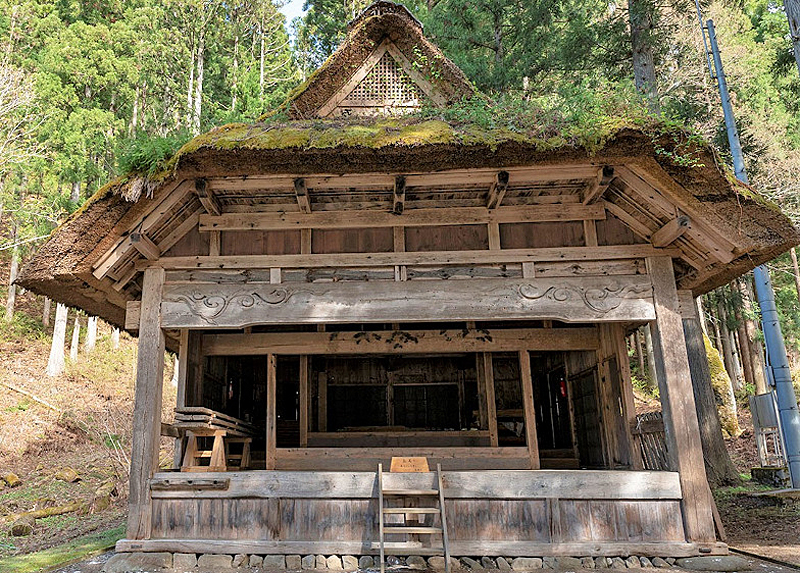
On the way back from the Ise shrine, this kabuki performance began by imitating the kabuki he saw in Edo, which he was popular throughout Minami Aizu in the late Edo period, and it is said that there were a kabuki troupe in each district.
Hinouegi Kabuki is actually performed , but traces of this have been left in other areas as well.
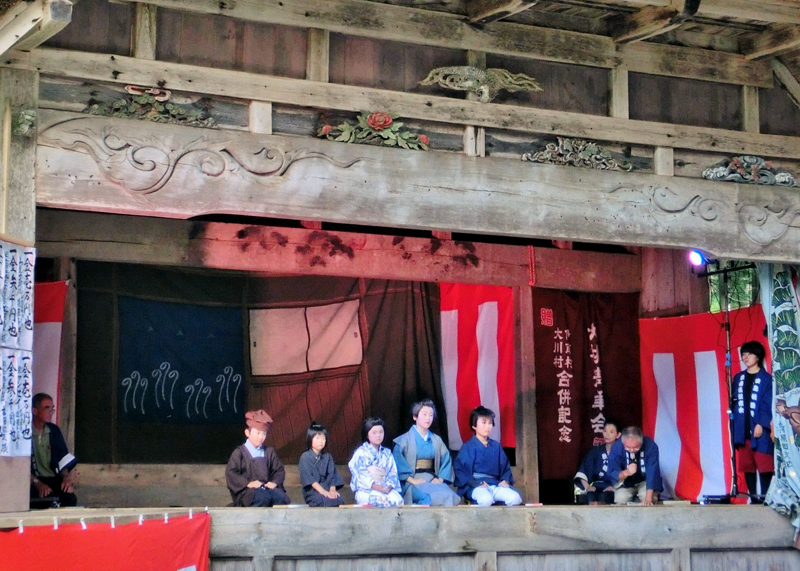
"Omomomonobutai" (Minami Aizu Omomo area) is the only stage performance of the remaining kabuki performances other than Hinouegi.
This stage, set in the grounds of Komatake Jinja, has a width of 7.6m and a depth of 5.58m. The roof is thatched, and local local performing arts are currently being performed in early August. Important tangible folk cultural property of the country.
Omomo's stage <Information>
- Facility name: Daimomo Stage
- Address: 164 Ihira, Omomo, Minamiaizu-machi, Fukushima Prefecture
- Phone number: 0241-64-5711 (Inan Tourist Center)
Google Map
Minamiaizu is full of charm
In addition, there are other ancient temples in the Minamiaizu region that have been designated as important national cultural properties, such as Johoji Kannondo (Tadami Town) and Asahitaji Kannondo. Both of these temples are included in the ``Aizu Thirty-Three Kannon,'' so they will be introduced in separate sections.
The great nature and outdoor sports represented by Oze are also attractive features of Minamiaizu. There are also many small but unique hot springs such as Yunokami Onsen, Tokusa Onsen, and Azuki Onsen. The gourmet food is also full of mountain delicacies. Please come to Minamiaizu, which is full of nature, has plenty to see, and is close to the metropolitan area.


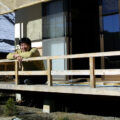
![[Minamiaizu District, Fukushima Prefecture] The abundance of hot springs in the Nasu volcanic belt is attractive. ``Yunokami Onsen'' is a base for sightseeing in ``Ouchi-juku'' and ``Tanohetsuri.'' 22875645 m](https://jp.neft.asia/wp-content/uploads/2022/08/22875645_m-150x150.jpg)
![What is Hinouegi Village, a hidden village where villagers pass on kabuki? [Fukushima Prefecture] Hinoedagi Kabuki](https://jp.neft.asia/wp-content/uploads/2022/08/9d13fead1001e798543d73e8a16d82ac-150x150.jpg)
![[Tohoku] Introducing third sector railway lines where you can get iron stamps in Yamagata and Fukushima prefectures! 20200703_tetsu-1](https://jp.neft.asia/wp-content/uploads/2022/10/20200703_tetsu-1-1-150x150.jpg)
![Okuaizu Shoten is born where you can "know, buy, and experience" Okuaizu! [Fukushima Prefecture] Okuaizu store](https://jp.neft.asia/wp-content/uploads/2024/07/sub6-150x150.jpg)
![A tour of the 33 remaining Kannon in Minami Aizu. "Thirty-three Kannon" certified as a Japanese Heritage Site [Fukushima Prefecture] 11_MG_9631](https://jp.neft.asia/wp-content/uploads/2022/11/11_MG_9631-150x150.jpg)
![Maezawa Koya Village, a Japanese original landscape that remains with many traditional "masters" [Minamiaizu Town, Fukushima Prefecture] 1618401_m](https://jp.neft.asia/wp-content/uploads/2022/06/1618401_m-150x150.jpg)
![[Craft beer in the Aizu and southern prefecture area of Fukushima Prefecture] 4 choices, from long-established establishments to newly-evolved breweries! craft beer](https://jp.neft.asia/wp-content/uploads/2022/06/2575876_m-150x150.jpg)
